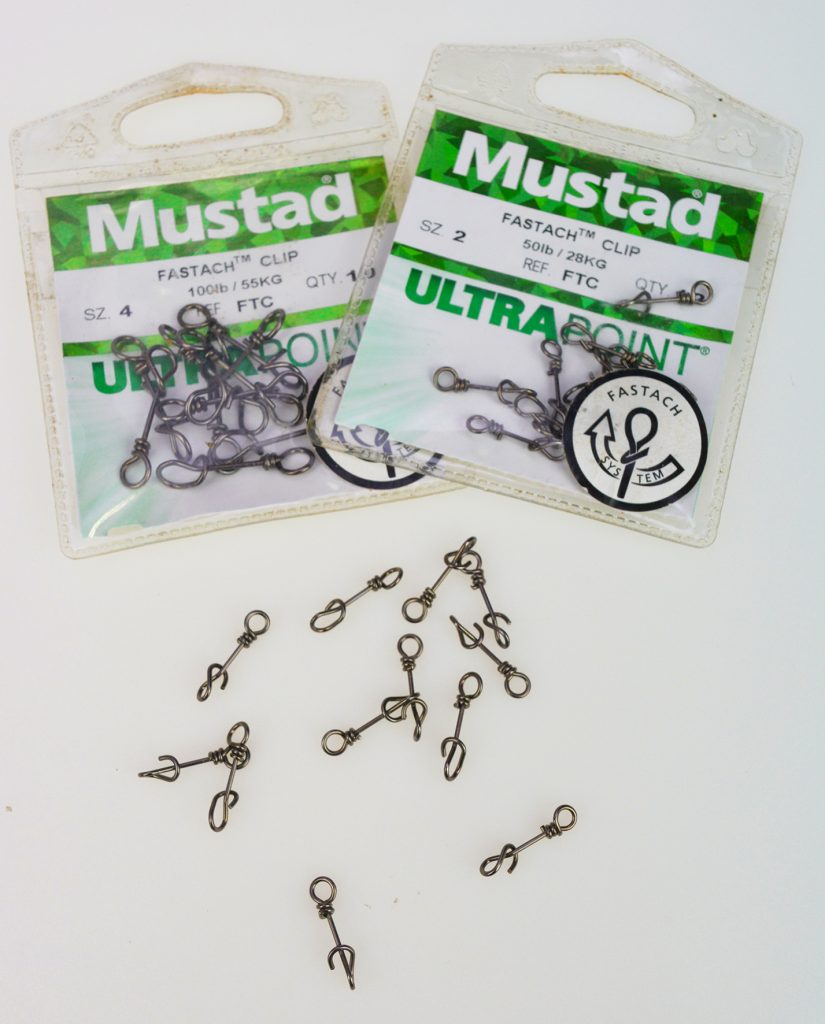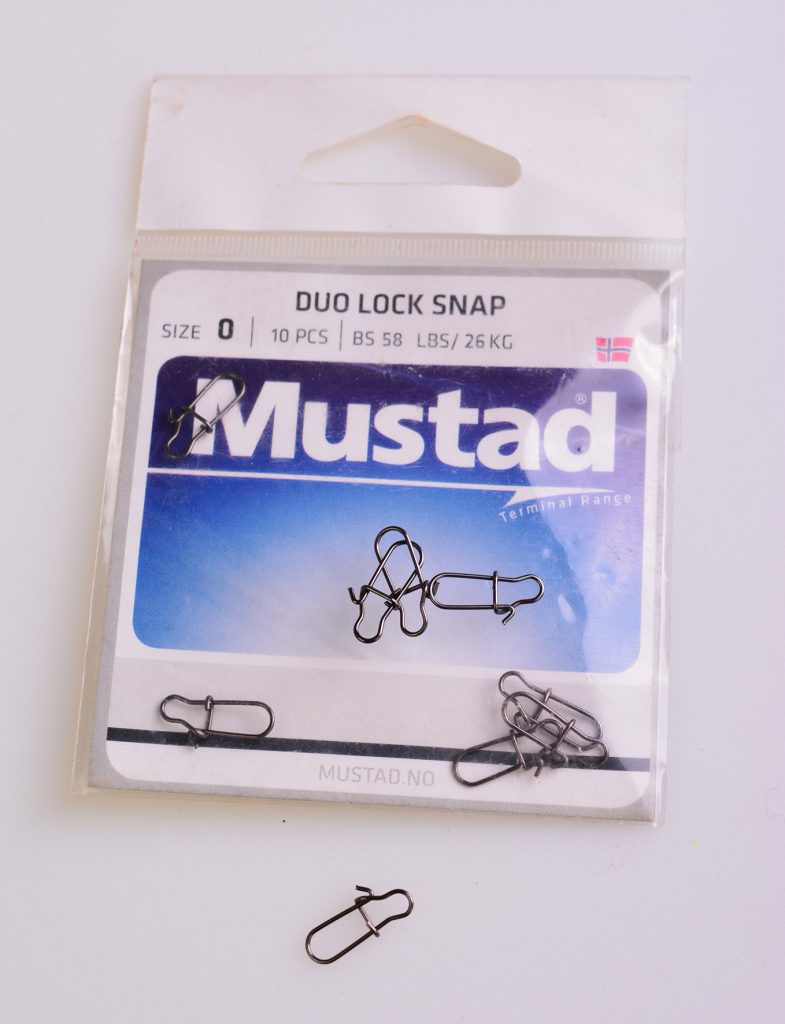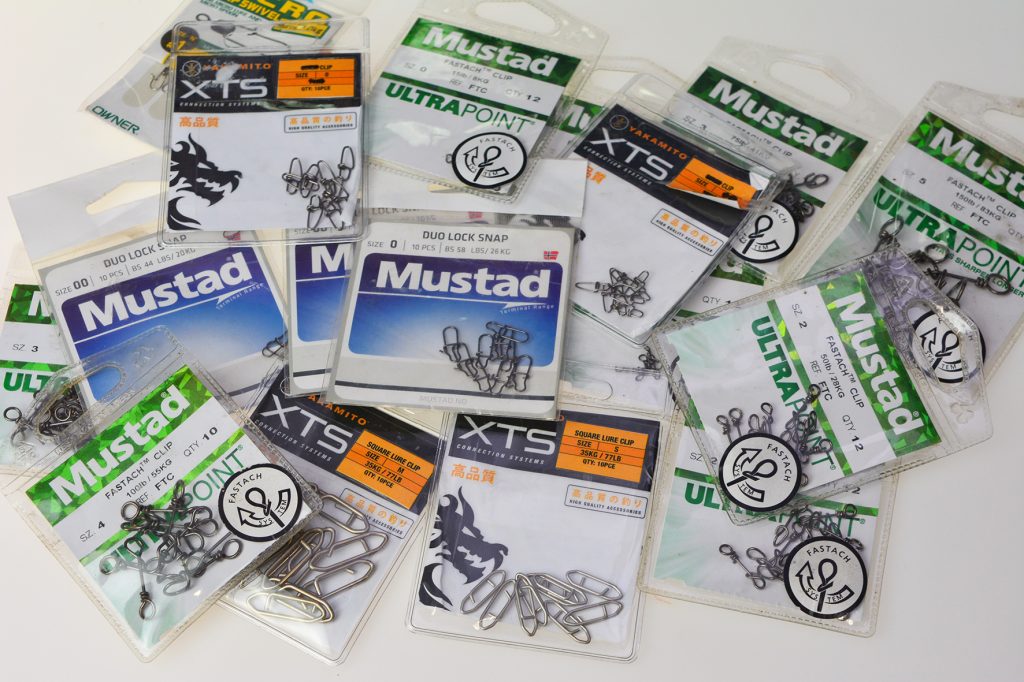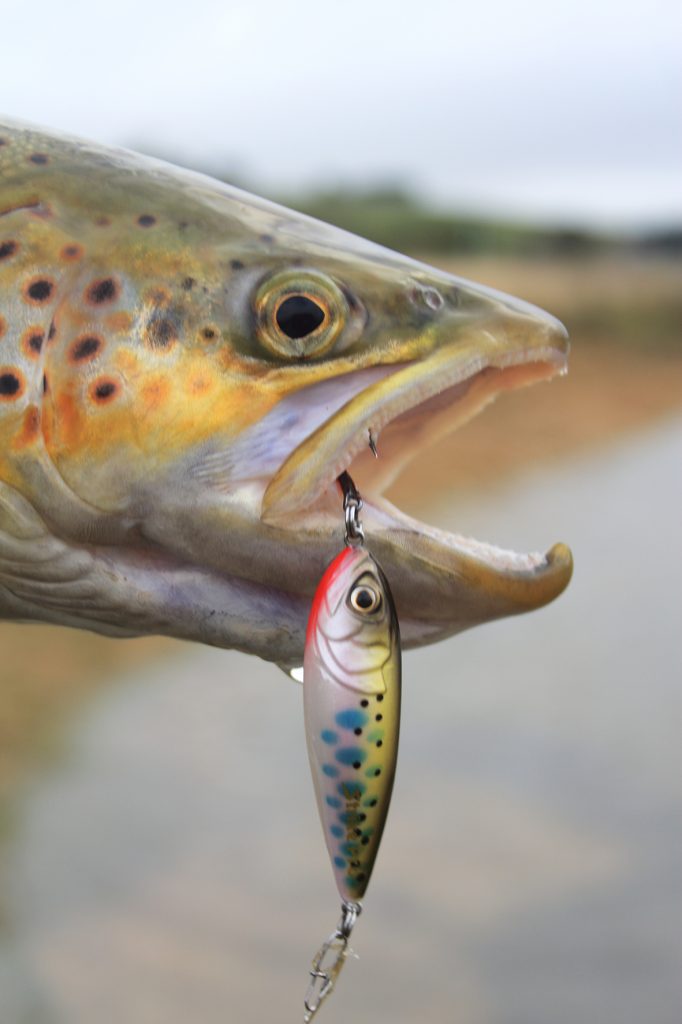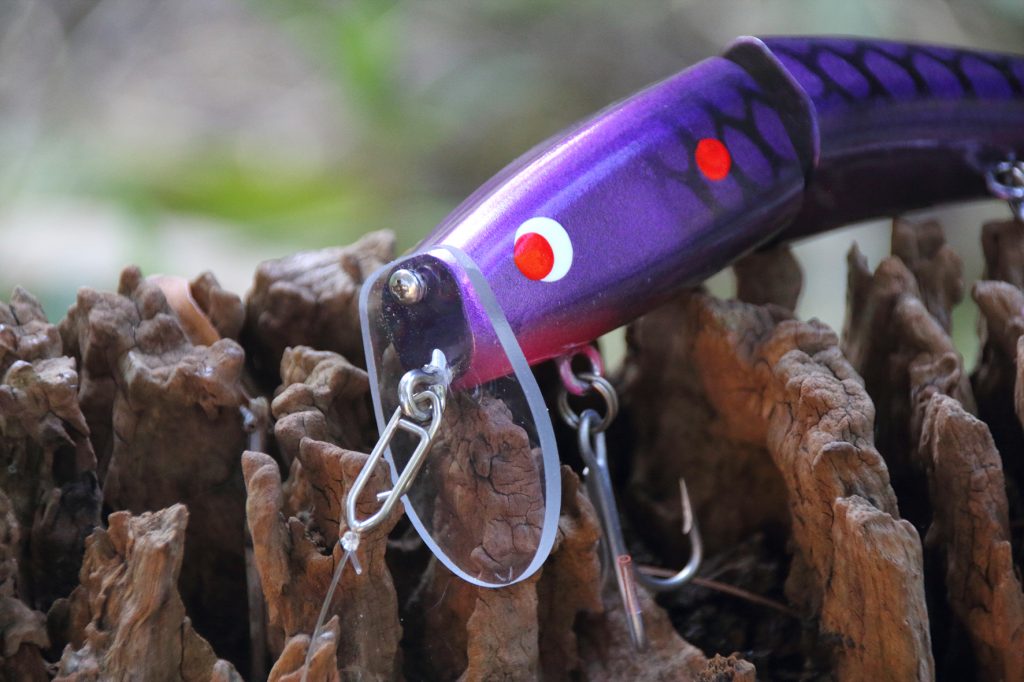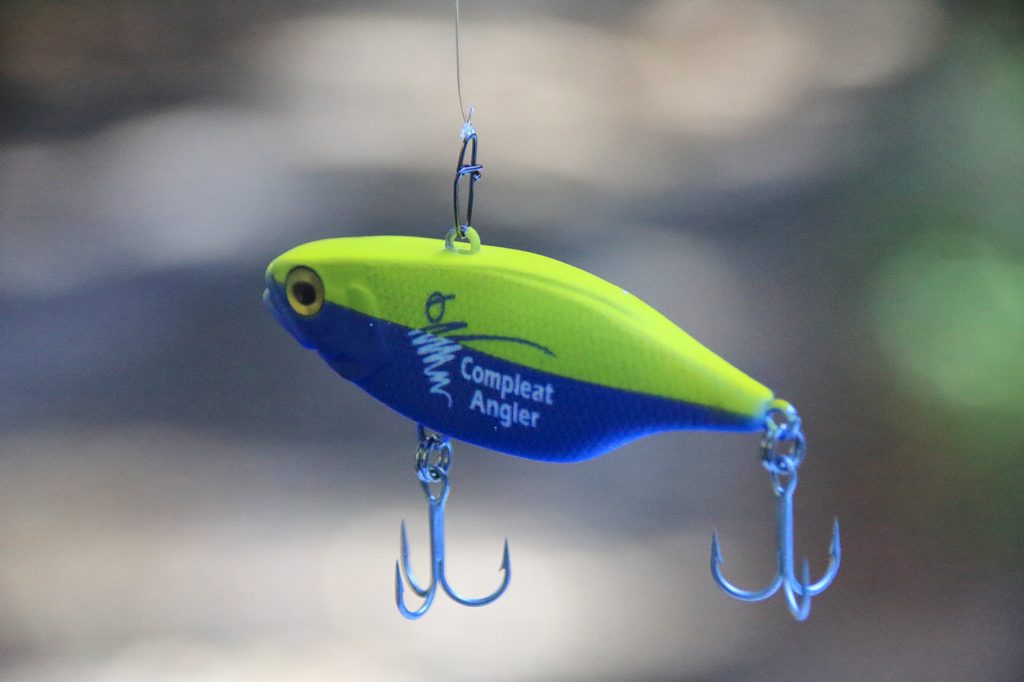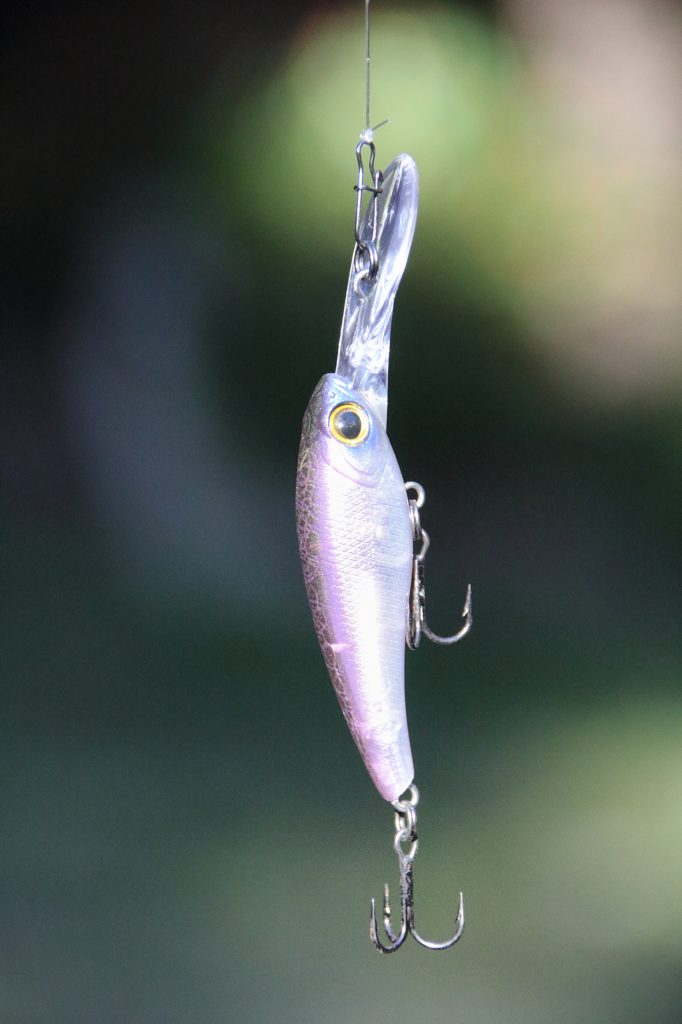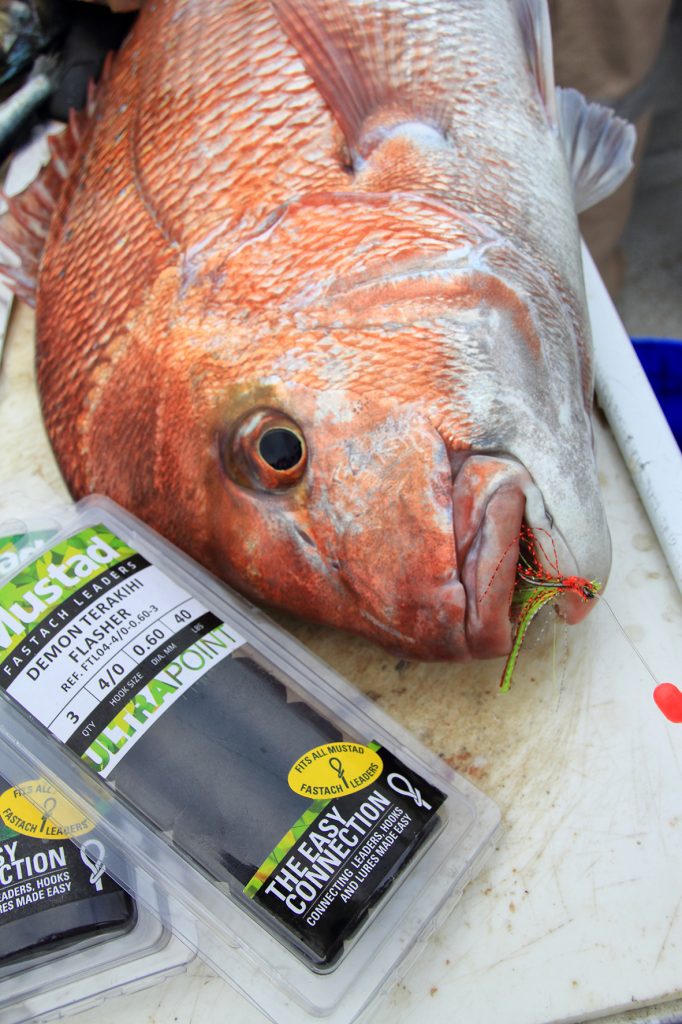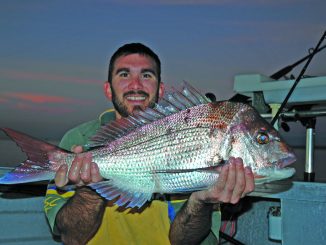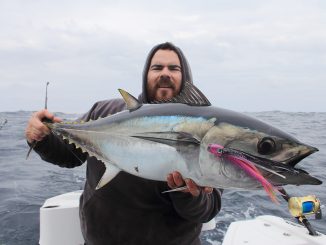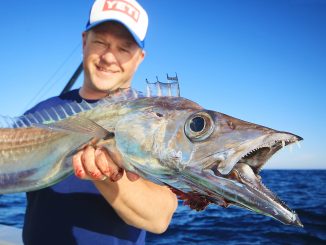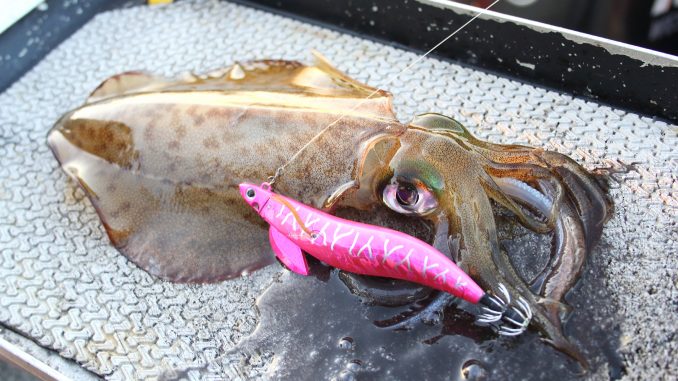
by Jarrod Day •
I’ll probably cop a bit of flack for this comment, but while I get older and rounder as the years pass, some things in fishing become a little more challenging – not that I’m that old and sure the mind might still think like an excited eighteen-year-old, but the fingers just don’t get into place like they used to.
Removing any naughty connotations from that sentence, I mean tying complicated knots, because as you age can start to become a little more of a challenge. Shaking hands, fading eyesight and not being able to understand how to tie specific knots makes it much more difficult and can be off-putting to some people.
In today’s era of technology there are many more options for anglers than just tying complicated knots, especially if you’re not confident in tying one securely. A lot of anglers these days are quite apprehensive about their knot tying ability and I guess a lot of it comes down to not wanting to lose a fish let alone a fish of a lifetime.
Knot tying takes practice and unlike learning something important for your main income earning, mastering a part of something for your hobby really doesn’t seem that important a lot of the time. This is totally understandable, and this situation can be broken up into two categories: those that dangle and those that angle.
If I was to go along with the saying ‘10% of anglers catch 90% of the fish,’ then you can understand that those who put more into the sport, get more out of it. Anglers who fish on the odd weekend here and there tend to be less confident in their own tying ability.
Learning knots can be frustrating at the best of times for anglers of all levels of experience and for a few reasons. Firstly, braid, monofilament and leader material don’t stay still for you, especially when it’s windy or the diagrams in knot books are hard to understand, let alone if you’re trying to keep up with a pro on a YouTube clip as they tie some far out, whiz-bang knot in around ten seconds! Sometimes it just gets too hard. In saying that, if you can at least learn one knot, then the rest will all fall into place.
BASIC KNOTS
Amongst the plethora of fishing knots, when to use them and how to tie them, I really believe we often over-complicate fishing. Don’t get me wrong, I have caught and tangled with some of the country’s most brutal GTs, kingfish, barra, Murray cod, trout, snapper, samsonfish, tuna and the like, but I’m not one for looking into breaking strains of lines and what knot will hold for a particular species and so on. I use the KISS approach – Keep It Simple, Stupid. Fishing is fishing; if you look too far into it, you lose the fun and excitement.
I still remember being 10, sitting at the Portsea Pier during the September school holidays. The grass whiting were in plague proportions then, and after my mate and I ran out of bait, we were threading on dried seaweed that was on the pier to use for bait and in one instance moulded a small piece of tin foil we found in the pier’s crack around the hook and continued catching them.
Rex Hunt was on the pier that day filming – it must have been 1988. He came up to me and showed me a knot; I think at the time we used granny knots to attach the hook to the line. I still remember the ‘blood knot’ and as a young grasshopper, learnt the locked blood knot, which held better. In my teens I began targeting larger fish and lost a few with the end of the leader coming back with what looked like a pig’s tail – the classic sign that the knot had slipped.
This made me rethink my knot tying ability and I quickly learnt the three-turn uni knot. To this day, the three-turn uni knot is still my most reliable knot to tie and I haven’t had it slip. Along with this and the introduction of technology, today I have limited myself to just a few knots that I have 100% confidence in as well as specialised metal clips in many situations that I know won’t fail.
USING A CLIP
Despite the constant barrage about knots and knot tying, other alternatives are available in the form of metal clips. You still need to know a few knots to be able to connect the chosen clip to your leader or mainline, which is why I suggest learning the three-turn uni knot. This particular knot doesn’t slip and still retains the highest amount of the original line or leader’s strength when twisted up. Adding to this, you can tie a uni knot in about four seconds, after practice of course.
Once mastering this little beauty, you can easily use it to attach a clip to your mainline or leader firmly and securely knowing full well you have confidence in the knot you just tied.
There are many different clips on the market and each has its own unique quality, which can be used in different fishing situations. Sometimes when we think of clips, the old brass barrel with a snap quickly comes to mind but this particular clip is a big no-no, because it’s very weak and the barrel doesn’t twist fast enough. You end up with twisted line and, if the fish is big enough, a clip that has stretched open and subsequently lost the fish.
Barrel swivels with attached clips are best on the end of fishing rigs such as paternosters to attach a sinker – that’s about all. They are cheap and they also lack quality. Regardless of the fishing you’re doing, the next time you’re in your local tackle store, check out the vast array of clips and grab a few to suit your fishing styles.
WHICH CLIP TO USE WHEN
Yakamito Square Clip
This clip is in the heavy-duty range of clips; the Yakamito Square Clip has been designed to be fished when targeting tough, brutal species on lures. The design of the clip resembles a paper clip but once a lure is clipped onto it, won’t stretch, bend or buckle under pressure. These clips are very popular with anglers targeting Murray cod. They’re available in two sizes: M (45kg/99lb) and S (35kg/77lb).
Yakamito Lure Clip
Yakamito’s Lure clips are designed for anglers using smaller sized lures for bream, bass, trout, salmon, trevally, calamari and the like. Larger sizes are strong enough to combat snapper and big flathead. Made from a fine wire, the clip has a unique construction; once it’s pried open and the lure clipped on, the little metal hook locks into place, preventing the clip from stretching, unless under a greater deal of pressure than its strength rating.
This clip is available in three sizes: 000 (5kg), 00 (7kg) and 0 (11kg).
Mustad Fastach Clip
The Mustad Fastach Clip is very unique in its design. While it resembles a pig’s tail, the Fastach Clip is extremely strong and has been designed for many uses. While the smaller sizes make excellent clips for lures, the larger sizes are ideal for lure fishing and to attach hooks directly to pre-tied jigs containing hooks. There are many different uses for this clip; you just have to think outside the square for the desired rigging requirement.
These are available in six sizes: 5 (83kg/150lb), 4 (55kg/100lb), 3 (41kg/75lb), 2 (28kg/50lb), 1 (14kg/25lb) and 0 (8kg/15lb).
Mustad Duo Lock Snap
The Mustad Duo Lock Snap is one of the strongest clips on the market for its size and diameter. Designed specifically for lure fishing applications, the Duo Clip is undoubtedly one of the most universal, due to its strength capabilities. Smaller clips with strong strength ratings allow anglers to fish lighter tackle for bigger species with the confidence of landing that fish of a lifetime. Ideal for all estuary species, snapper, calamari, tailor, salmon, trevally and tuna can all be caught using these clips.
These are available in four sizes: 00 (44lb), 0 (58lb), 1 (88lb), 2 (121lb) and 3 (146lb).
Owner Micro Snap Swivel
The Owner Micro Snap has been around for a number of years but can be hard to track down in tackle stores. Incorporating a rolling swivel at one end and a fine wire clip at the other, this clip’s designed strictly for lure fishing. Retaining a high strength rating, it is the ideal clip for spinning with metal slugs and casting spoons or spinners to trout. It’s available in sizes 0 and 1.
Breaden Snap
The Breaden Snap, designed by Breaden Japan, is specifically for Eging. Breaden Snaps are small enough to not spook squid or fish, while allowing the angler to easily change between lures without retying knots, and they don’t impair the action of the lure.
The unique thing about the Breaden snap, unlike other snaps, is that you don’t need to manually open the snap to attach a lure. Doing this will weaken the strength of the clip, so just push the tow point of the lure onto the small wire tag and rotate the lure around; it simply clips securely, never to be opened.
These are available in four sizes SS, S, M and L
100% CONFIDENCE
Strength aside, the one thing you can guarantee is that the connection to your lure gives you 100% confidence that the fish you hook is the one you land. That is if you have attached the clip to your leader with the one knot that is easy to tie and that you’re confident in tying securely. Using clips instead of learning fandangle knots you might not be confident in tying could leave you with a sour taste in your mouth should you lose a fish but with clip its as easy as clipping on a lure or hook for that matter and casting out.


